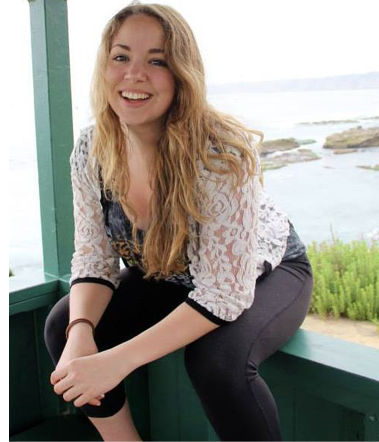Emma Thomasch
When I decided to attend college in Iowa, I received many questions about why I had chosen to go so far from home, why I would attend college in such a small town “in the middle of nowhere,” and what there was in Iowa that I preferred to schools elsewhere. At the time, I didn’t know how to answer—as a New Yorker, I was uncertain enough of my own decision to spend four years in the middle of cornfields without having to justify it to anyone else. But what I discovered when I became a student here is that the difference between here and New York is much more than a laundry list of contrasts I saw (people walk slowly here; people say hello to other people; people engage in conversations with strangers)—the entire atmosphere here is different. It’s a mental change, as well; time seems as though it moves slower here, and instead of the beauty of a cityscape, we admire the beauty of the prairie, and its plants, and the wide expanse around us. In my final year of college here, I can say that I finally appreciate the beauty of these things to the point that I miss them when I go home for breaks. And now, with the help of Rootstalk, I will have something tangible to show to those at home who wonder what’s out there “in the middle of nowhere.” I will show them this issue, and from it, they’ll see that the answer is “A whole lot of wonderful things.”
Madeline Warnick
I’ll be quite honest: I happily serve as an editor for this prairie region journal, but my heart lies in the mountains, waters, and forests of the Pacific Northwest. Growing up in the Seattle area instilled in me a deep love and appreciation for nature and sense of place. Yet when I came to Grinnell College as a nervous, skeptical, and excited first year student three years ago, the “prairie” region that was my new home meant very little to me. The word “prairie” evoked for me stereotypical images of flat grassy expanses, the Dust Bowl, cornfields, and prairie dogs popping their heads out of the ground. I viewed the prairie region as something that only local and semi-local Grinnellians could connect with. Case in point: after I settled in here, it took me an embarrassingly long time to learn that Grinnell’s Center for Prairie Studies not only hosted many of the sustainability and agricultural events that matched my interests, but also housed people, stories, and ideas that would soon make me feel charmed by this quaint prairie town. Working on this issue of Rootstalk has helped me to foster a rich connection to this prairie region’s human and non-human life, histories, and landscapes. The stories and art that follow—from Connie Mutel’s reflections on climate change, to Justin Hayworth’s breathtaking close-ups of prairie plants, to The Too Many String Band’s captivating “Deep River Blues” tune —have carved into my heart and mind a sense of connection and appreciation for this region that I don’t think I would have developed otherwise. I still occasionally feel resentful of this place for its biting winter winds, stifling summer humidity, and occasional foul breezes from nearby CAFOs, but learning about the region’s complexity from people who call it home has made these features comprehensible, even endearing (well, except for the CAFOs). I hope that you find our second issue of Rootstalk as diversely appealing, thought provoking, and enchanting as I do, whether or not you call this region home.



